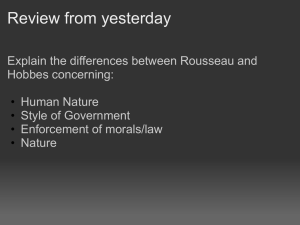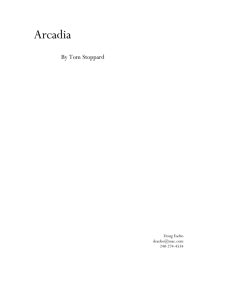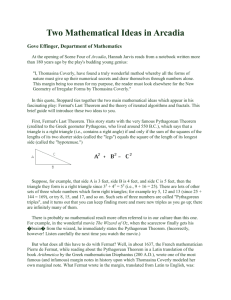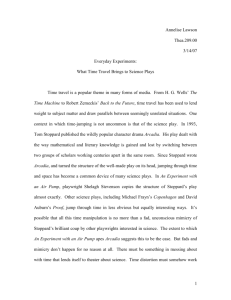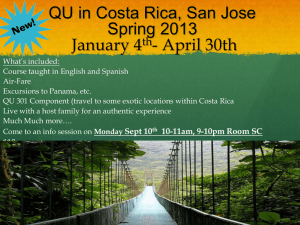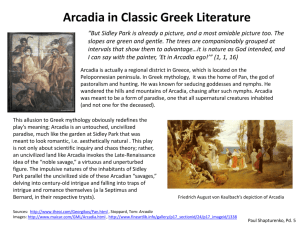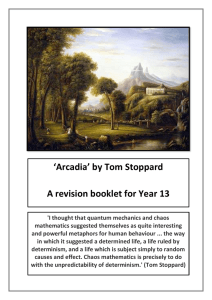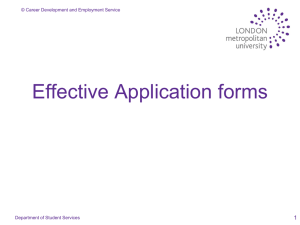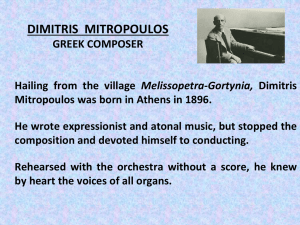Arcadia by Tom Stoppard
advertisement
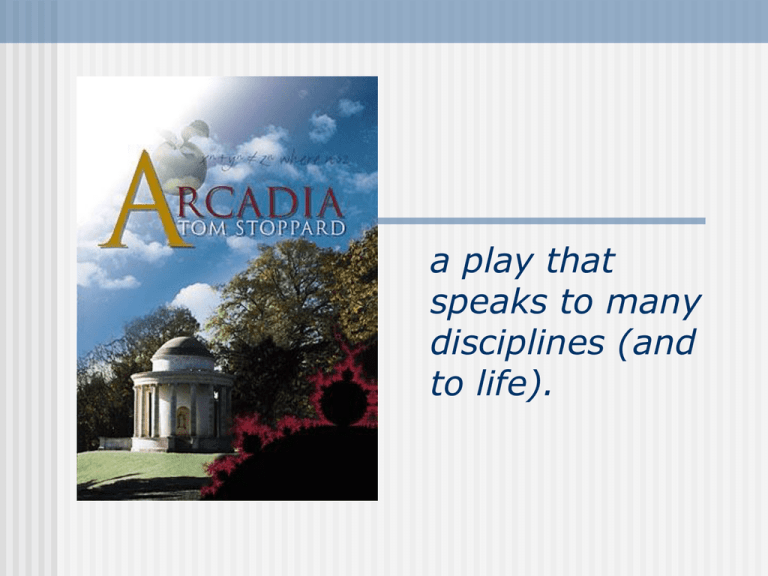
a play that speaks to many disciplines (and to life). The play Arcadia raises important questions about love the need to search for knowledge the nature of genius the differing ways of knowing and understanding the world The setting of Arcadia Sidley Park in Derbyshire, England Home of Lord and Lady Croom Mr. and Mrs. Coverly The setting of Arcadia 1809, 1811 Present The characters of Arcadia 1809, 1811 Lady Croom (Coverly) Thomasina Coverly Augustus Coverly Captain Brice (RN) Ezra Chater Jellby Septimus Hodge Present (1994) Chloe Coverly Valentine Coverly Gus Coverly Hannah Jarvis Bernard Nightingale Like Hamlet, Arcadia begins with an important question: Thomasina: Septimus what is carnal embrace? Arcadia is a play that speaks to many disciplines. . . Literature History Music Art Physics Mathematics George Gordon, Lord Byron 1788-1824 Attended Cambridge Left England mysteriously in 1809 Classmate of Septimus at Cambridge—visits Sidley Park—has affairs—goes hunting Literature Literary terms—pastoral romance, eclogue, idyll Virgil Sir Phillip Sidney Horace Walpole’s The Castle of Otranto Ann Radcliffe’s The Mysteries of Udolpho Two Mathematical Ideas in Arcadia “I Thomasina Coverly, have found a truly wonderful method whereby all the forms of nature must give up their numerical secrets and draw themselves through numbers alone. This margin being too mean for my purpose, the reader must look elsewhere for the New Geometry of Irregular Forms by Thomasina Coverly.” Math in Arcadia A2 + B2 = C2 An + Bn = Cn C A B Pythagorean Theorem 1637—French mathematician Pierre de Fermat wrote, “To write the cube of a number as a sum of two fourth powers, or any power above 2 as a sum of two like powers, is impossible. I have a truly wonderful proof of this fact, but the margin is too narrow to contain it.” Mathematics in Arcadia Theory of iterated algorithms. . . Thomasina is interested in the question of how numbers can be used to produce the true shapes of nature. Mathematics in Arcadia The Sierpinski Triangle is an example of a fractal—a visual object which results from iterated algorithms. Mathematics in Arcadia A fern leaf after 5,000, 10,000, and 50,000 iterations. History in Arcadia Age of Enlightenment reason logic geometry formality discretion Romanticism imagination emotion nature spontaneity valour Physics in Arcadia Sir Isaac Newton Laws of Motion Septimus: If everything from the furthest planet to the smallest atom of our brain acts according to Newton’s law of motion, what becomes of free will? Determinism Deterministic vs. Chaotic The Second Law of Thermodynamics 1st Law—energy is conserved 2nd Law—heat flows from a hot object to a cold object Entropy Art in Arcadia Poussin—“Arcadia” et in arcadia ego “Bandetti” by Salvator Rosa . . .painted landscapes that expressed a romantic state of mind—influenced Sir Humphrey Repton before Harelston House Sir Humphrey Repton after Arcadia is a play that speaks to life! What is the point in our trying to make sense of clues that have been left behind? How far can science and mathematics take us in explaining what life is all about? Arcadia is a play that speaks to life! Rational, logical science and irrational, passionate love have something in common: both are unpredictable. Although the world is unpredictable, patterns emerge and re-emerge as time marches on.
